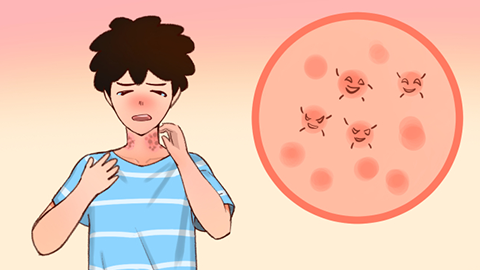Does infantile急疹 (roseola) develop rapidly?
Generally speaking, the progression speed of infantile emergency rash needs to be determined based on the individual condition of the child. If a child develops symptoms, it is recommended to seek timely medical evaluation. Detailed analysis is as follows:

If the child has a strong immune system and the immune response is quick after viral infection, the infantile emergency rash typically progresses rapidly. In such cases, the child may experience high fever for only 1-2 days, followed by a rapid drop in body temperature and quick appearance of rash. The rash usually begins to fade within a day, and the entire illness may resolve within 3-4 days. During this time, the child's mental state is generally good, without significant discomfort.
If the child's immune system is weak or if the viral load is high, the progression of infantile emergency rash may be slower. In these cases, high fever may last for 4-5 days, with a slower decline in body temperature. The rash may also fade more slowly, potentially taking 2-3 days to completely disappear. The entire illness may last 5-7 days, and the child may experience symptoms such as poor mental state and reduced appetite during this period.
In addition, regardless of the progression speed of the rash, it is important to closely monitor the child's temperature changes and ensure timely hydration. Overdressing should be avoided during fever, and indoor ventilation should be maintained. Non-irritating skin care products should not be used during the rash phase. If the child experiences persistent high fever, seizures, difficulty breathing, or other abnormal symptoms, immediate medical attention is required without delay.




